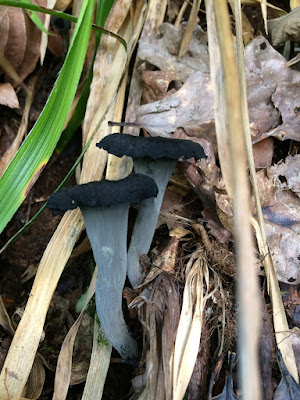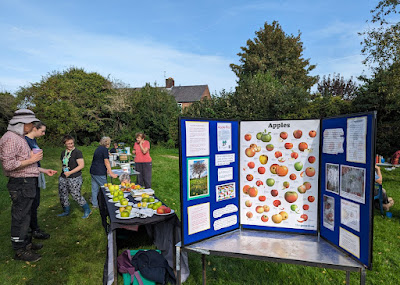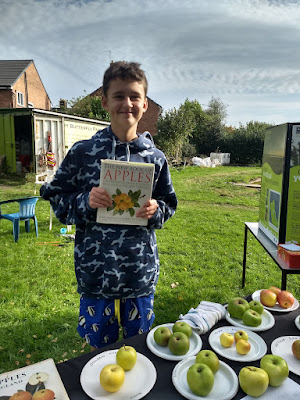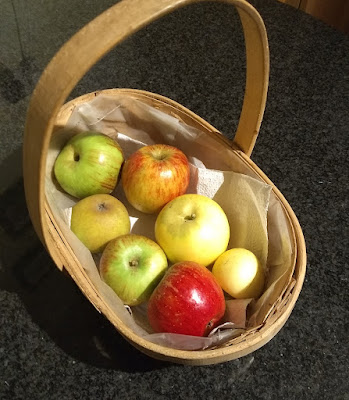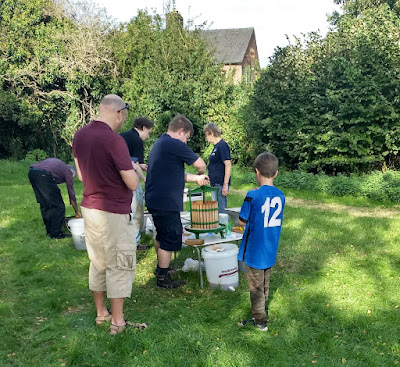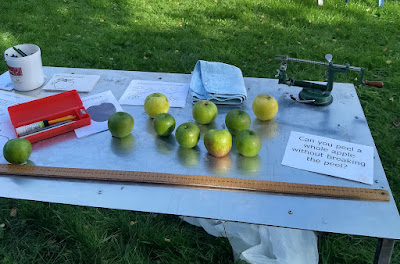 |
| Fungal Briefing by John Ratcliffe |
A third fungal foray was held by Wirral Wildlife at Dibbinsdale Local Nature Reserve. Prior to the foray a recognisance survey was undertaken by John Ratcliffe of North-West Fungal Group, and it was found to be a fungal desert as a result of the dry weather. John added “Our only hope is rain.” The Eventbrite attendees were emailed to warn them the host of fungi may not be as impressive or abundant as other years. Luckily for these fungal detectives it did rain, it rained so much that the path by Otter’s Tunnel under the railway was flooded and the planned route was altered. The autumn flowers of the fungi came out, though not very as abundant in numbers a respectable diversity of 52 species were recorded with 30 species not having been recorded on the previous fungal foray here.
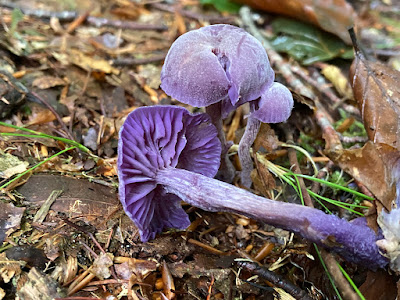 |
| Amethyst Deceiver |
The gills/pores of a mushroom head give 20 times the area of the mushroom for spores' dispersal. It can be quite daunting with all those new names in English and Latin, but as the attendees went along, they started recognising the fungi that were seen early in the foray. Crib sheets of the previous year’s fungal records were provided to help recall the names.
One fungus found was the Beef Steak mushroom which when you pressed it oozed out red dye as you see in a steak. Also found was the attractive Amethyst Deceiver and a Blushing Bracket. Clive, another fungal expert, was full of anecdotes about each fungus. Cramp balls, so called as you put them down your breeches when on a long horse ride to prevent cramp. Birch Polypore can be dried and used as a razor strop, or the fresh elastic skin peeled into a strip could be used like a sticking plaster, with the inside being clean. John was pleased to see attendees were all interested. One of the attendees, Ben Hart, typed up a list of the species seen on the day in the evening, including the common and Latin names. John, our fungal leader, searched for the Horn of Plenty on the damp rock cutting on the banks of the river Dibbin but unfortunately, we did not find that this time. We will look for it during next autumn’s Fungal Foray.

